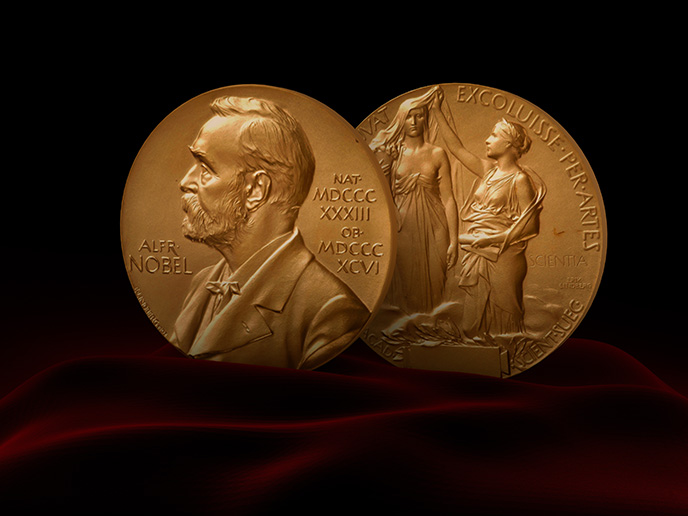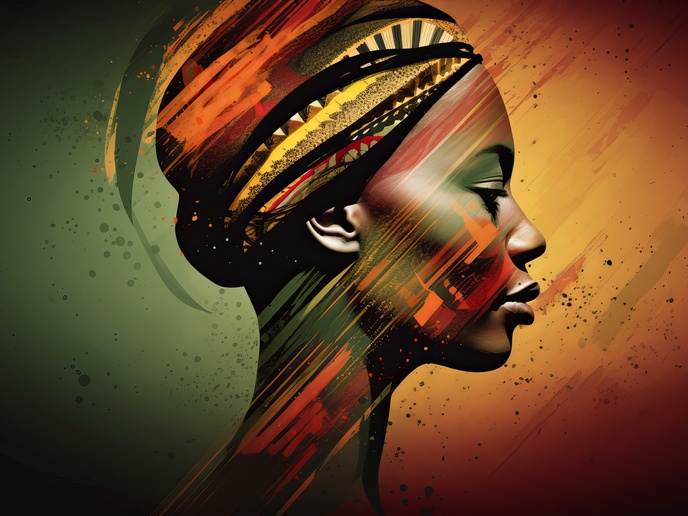Beyond Hollywood: inside Europe’s golden age film studios
The golden age of European cinema from 1930 to 1960 left behind more than just classic films. It created a network of film studios that functioned as intricate ecosystems of creativity, technology and labour. With studies on the film industry predominantly concentrated on Hollywood, the ERC-funded STUDIOTEC(opens in new window) project directed its perspective towards four major European film production centres: Britain, France, Germany and Italy. It shed light on their evolution, revealing dynamic structures embedded in local communities and connected across national borders. The findings of the project are relevant to the challenges film studios face today, especially those related to the development of virtual production and AI. “The lessons from the past documented by STUDIOTEC constitute a wealth of instructive precedents. Techniques and details we have uncovered on how films were made, studio workers, their methods, skills and technologies are useful in informing approaches to virtual production,” states Sarah Street, principal investigator of the STUDIOTEC project and professor of film at the University of Bristol.
New tools for understanding cinema’s past
The project adopted a ‘tectonic’ approach, borrowing from architecture the concept of understanding how different layers interact within a structure. “The idea of ‘tectonics’ offered a route to understanding the studios’ multiple, stratified, shifting experiences as structures embedded within their local geographies, which changed, often significantly, over time and according to circumstances,” explains Street. The project’s methodology combined traditional archival research with cutting-edge 3D visualisation and virtual reality tools. By digitally scanning historic studios(opens in new window) such as Cinecittà in Italy and Babelsberg in Germany, researchers could gain more immersive perspectives on how these spaces shaped the filmmaking process.
Major insights from architecture to labour
STUDIOTEC uncovered key findings across four interconnected themes. In terms of architecture and infrastructure, film studios were found to be in constant negotiation with their immediate local environments. “Studios often required complex designs to ensure that their functions of pre-production, production and post-production flowed seamlessly,” says Street. Regarding creativity and innovation, the project documented how studios adapted to profound technological changes. One of the greatest challenges was adapting to sound cinema in the 1930s, which affected the studios’ architectures, materials, labour and equipment across the countries. Researchers tracked how innovations in special effects, colour technology and equipment travelled across borders, often at different speeds and with varying implementations. Political and economic factors proved crucial in defining studio operations. The rise of fascism in Germany and Italy led to direct state control of film production; even with less dominant state intervention in Britain and France, films became paramount to national propaganda during World War II. This period also saw many studios requisitioned for alternative purposes: Cinecittà housed prisoners of war, while the Geiselgasteig Studios near Munich sheltered displaced refugees. Lastly, in terms of labour relations(opens in new window), STUDIOTEC documented the diversity of roles and specialisations, the transnational movement of expatriate workers and the unequal working conditions, from disparities in pay and benefits to variations in social status and trade union involvement. The project also highlighted how opportunities for women varied across countries and time periods. STUDIOTEC’s comprehensive documentation not only preserves cinema history but also provides a roadmap for studying how creative industries adapt, collaborate and thrive amid technological and political challenges.







